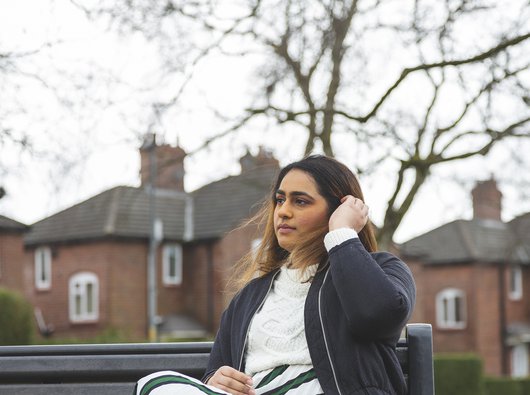Acute lymphoblastic leukaemia (ALL) treatment types and side effects
Acute lymphoblastic leukaemia (ALL) treatment types
In this section we talk about the specific treatments used for ALL. You might also want to read our general information about how blood cancer treatment is planned and managing your treatment.
We also have some important information on staying safe if you’ve got blood cancer, covering things like risk of infection and vaccinations.
It’s very important to start treatment soon after you’ve been diagnosed, because ALL can develop quickly. It may feel like things are happening too fast to keep up with the change to your life, but many people find that starting treatment straight away is reassuring.
The best treatment for you will depend on your individual situation. Generally, treatment for ALL can be divided into:
- Active treatment, which aims to get rid of the leukaemia cells and help your bone marrow work normally again.
- Supportive care, which helps you feel better and supports your body through some of the problems caused by ALL and its treatment.
Everyone will receive supportive care, whether they have intensive or less intensive active treatment.
Some people may choose not to have any active treatment, or the doctors might not recommend it as the best option. If this is the case for you, an approach called palliative care will help control the symptoms of ALL and improve your quality of life. The palliative care team will be able to support both you and your family.
Information for young adults
For young adults with leukaemia, lymphoma or any blood cancer type. Your guide to treatment, side effects, coping with emotions, friends and work or study.

